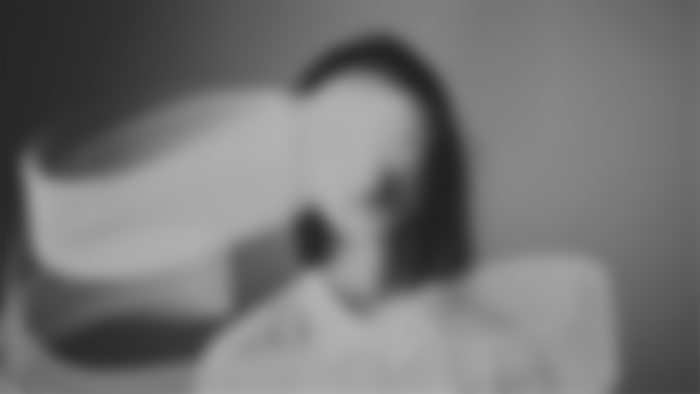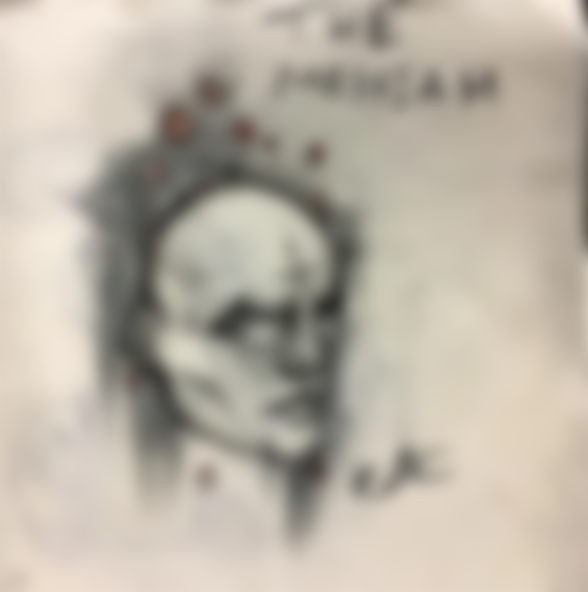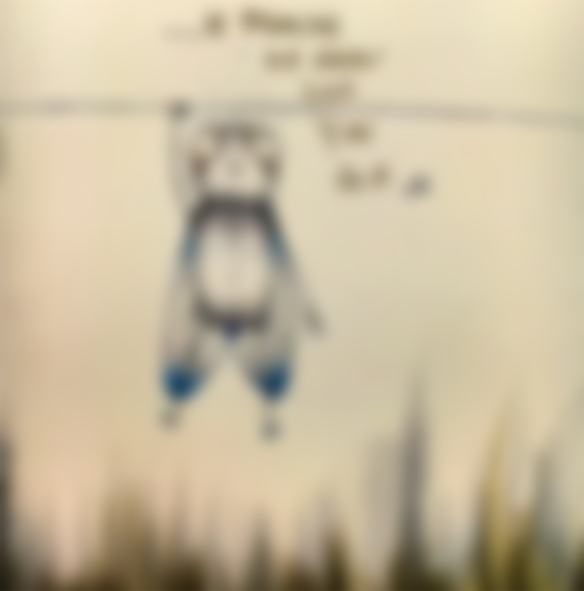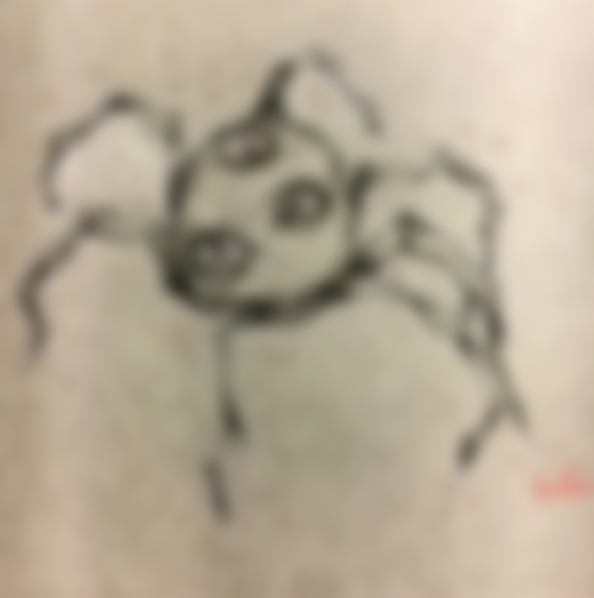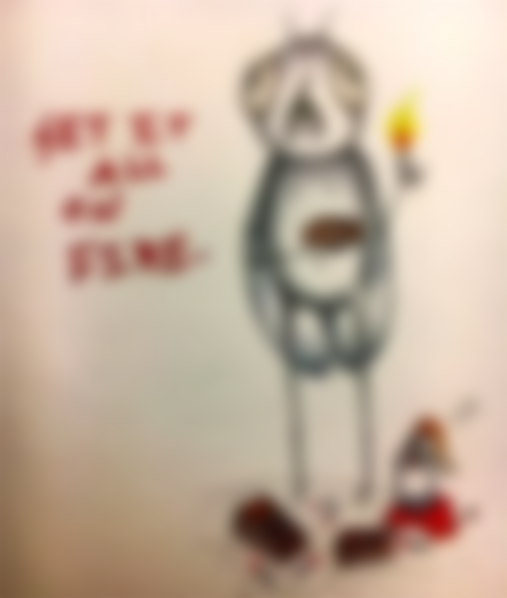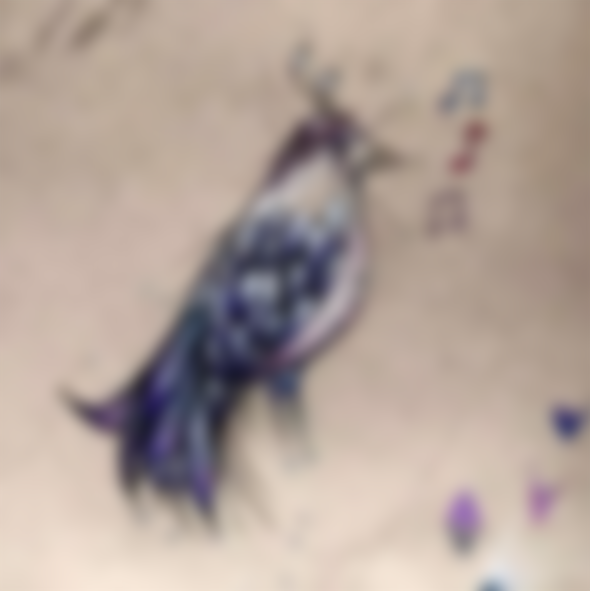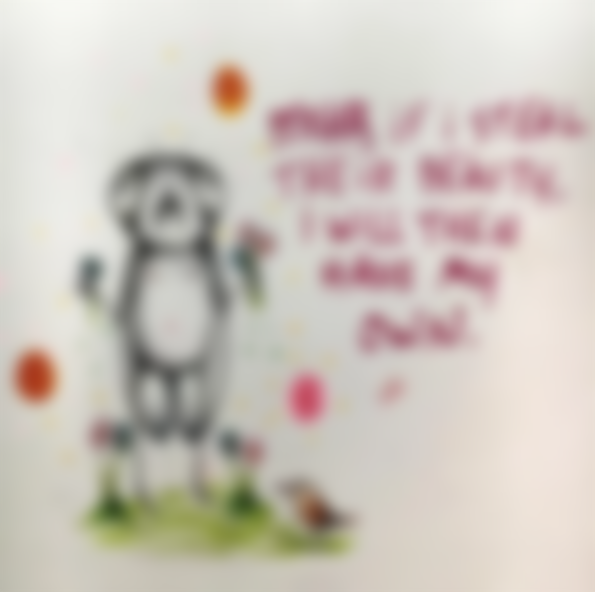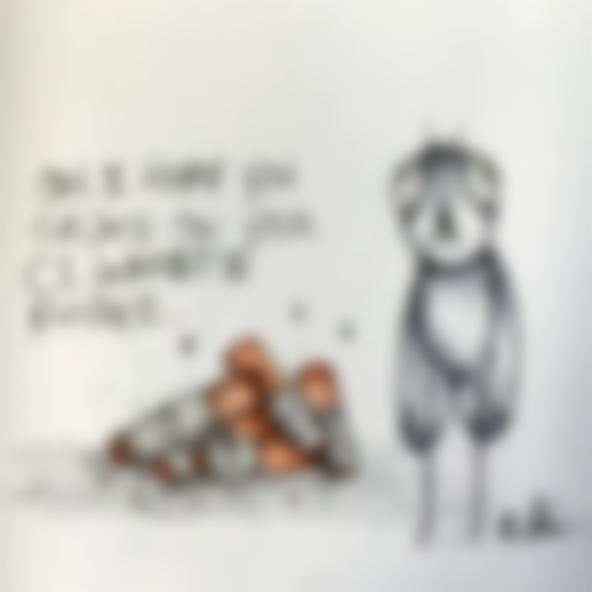[ENG/SPA]Mental disorders: What do schizophrenics see?/¿Qué vemos los esquizofrénicos?
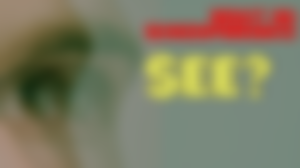
Readers, first of all I want to apologize for not posting these days, but I am new to the community. The article is a little long but I hope you take the time to read it because I know it could help many people.
Blurters, antes que nada quiero pedir disculpas por no haber posteado en estos días, pero soy nuevo en la comunidad. El artículo es un poco largo pero espero se tomen el tiempo de leerlo porque se que pudiera ayudar a muchas personas.
I wanted to make this post because personally it is very meaningful on an emotional and therapeutic level. I was diagnosed schizophrenic in 2005 and basically I tell you that there are many experiences that one as an affected person is experiencing. Among many other things there are the psychotic outbreaks, auditory hallucinations, etc. But today I want to share with you what a schizophrenic sees?
Quise realizar este post porque personalmente es muy significativo a nivel emocional y terapéutico. Yo fui diagnosticado esquizofrénico en el año 2005 y básicamente les cuento que hay muchos vivencias que uno como afectado va experimentando. Entre muchas otras cosas se encuentran los brotes psicóticos, alucinaciones auditivas, etc. Pero hoy quiero compartirles ¿qué ve un esquizofrénico?
In schizophrenia there are two types of symptoms: positive and negative symptoms, including their accompanying sub-symptoms.
En la esquizofrenia existen dos tipos de síntomas: los positivos y los negativos, incluyendo a su vez los subsíntomas que los acompañan.
Negative symptoms are missing behaviors and thoughts; that is, the personality traits of a healthy person are lost, such as apathy, lack of emotions and lack of interest in things.
Los síntomas negativos son comportamientos y pensamientos faltantes; es decir se pierde el caracter de la personalidad de una persona sana, como por ejemplo: la apatía, la muestra de emociones y la falta de interés por las cosas.
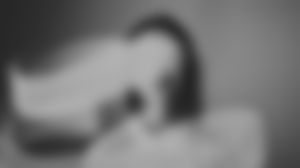
Then we can talk about positive symptoms, which are features that are not present in a healthy person, such as delusions, hallucinations, agitation, among others. It is very common to confuse delusions with hallucinations; although both are part of the psychosis group, they are not the same thing.
Luego podemos hablar de los síntomas positivos, que son rasgos que no se presentan en una persona sana, como lo son los delirios, las alucinaciones, la agitación, entre otros. Es muy común entonces que se suelan confundir los delirios con las alucinaciones; aunque ambos forman parte del grupo de la psicósis, no son la misma cosa.
Speaking of delusions and hallucinations
Hablando de delirios y alucinaciones
I tell you, delusions are like deep beliefs of situations that are not real, such as the feeling that someone is chasing you.
Les cuento, los delirios son como profundas creencias de situaciones que no son reales, como por ejemplo la sensación de que alguien te persigue.
In turn, hallucinations are perceptions that do not correspond to any external stimulus, for example hearing sounds or seeing things that do not exist.
A su vez, las alucinaciones son percepciones que no corresponden con ningún estímulo externo, por ejemplo escuchar sonidos o ver cosas que no existen.
Visual examples are the following:
Los ejemplos visuales son los siguientes:

In a delirium you can see a totally calm situation in a hostile way.
En un delirio se puede ver una situación totalmente tranquila de manera hostil

A hallucination is like walking calmly through a park and seeing something completely unreal as shown in the picture.
Una alucinación es como ir caminando tranquilamente por un parque y ver algo completamente irreal como lo demuestra la imagen.
I wanted to clarify these two symptoms because they often occur together and are often confused.
Quise aclarar estos dos síntomas porque muchas veces se presentan juntos y suelen confundirse.
First person hallucinations
Alucinaciones en primera persona
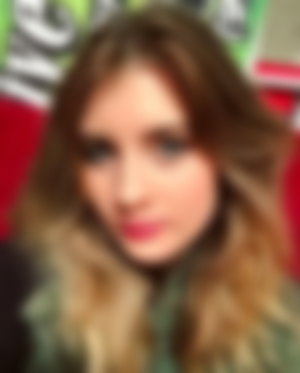
These hallucinations in first person I want us to see them through the experience of Kate Jenner, a young woman of 23 years who after being diagnosed with schizophrenia 5 years ago, began to draw everything she sees, to feel liberated, taking it as a form of expression. At this point I identify a lot with her, because I try to drain by choosing as forms of expression, sitting down to write or just making some music.
Estas alucinaciones en primera persona quiero que las veamos a través de la experiencia de Kate Jenner, una joven de 23 años que tras ser diagnosticada de esquizofrenia hace ya 5 años, comenzó a dibujar todo lo que ve, para sentirse liberada, tomándolo como una forma de expresión. En este punto yo me identifico mucho con ella, porque yo trato de drenar eligiendo como formas de expresión, el sentarme a escribir o simplemente hacer un poco de música.
Let's see some of her drawings one by one, with the explanation that she herself has given about them.
Veamos algunos de sus dibujos uno por uno, con la explicación que ella misma ha dado sobre estos.
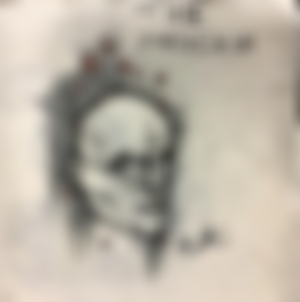
"I draw my hallucinations, because, it helps me to cope with them. In my hallucinations I hear voices, weird effects, random noises and often see bugs, faces and disembodied eyes."
"Dibujo mis alucinaciones, ya que, me ayuda a enfrentarme a ellas. En mis alucinaciones oigo voces, efectos raros, ruidos al azar y a menudo veo bichos, caras y ojos sin cuerpo."
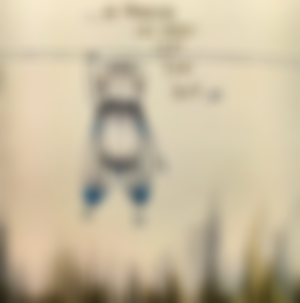
"I hallucinate insects very often and my depression makes me feel useless as a fly. These illustrations with bugs represent my illness."
"Alucino con bichos muy a menudo y mi depresión me hace sentir inútil como una mosca. Estas ilustraciones con bichos representan mi enfermedad."
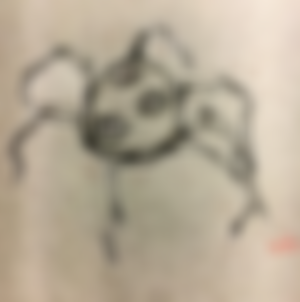
"This comes out of the ceiling vent and makes noises and clicks, or I see it crawling under things."
"Esto sale del respiradero del techo y hace ruidos y chasquidos, o lo veo arrastrándose debajo de las cosas."

"I have a lot of intense emotions and hear voices telling me to set things on fire."
"Tengo muchas emociones intensas y escucho voces diciéndome que prenda en llamas las cosas".

"This is an example of the eyes I see, they appear on mounds or masses on walls and floors."
"Este es un ejemplo de los ojos que veo, aparecen sobre montículos o masas sobre las paredes y suelos".
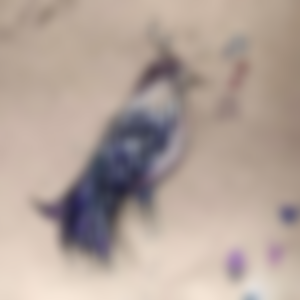
"This is Birdie, he usually sings to me."
"Este es Birdie, suele cantarme".
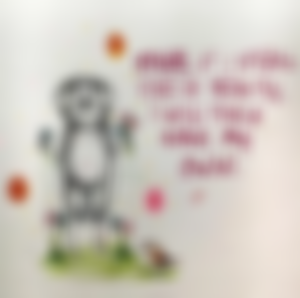
"My self-esteem is below the minimum and I feel insignificant, I always wish to change my shape and be a more beautiful person."
"Mi autoestima está abajo del mínimo y me siento insignificante, siempre deseo cambiar de forma y ser una persona más bella".
"Sometimes the eyes look like this, with weird colors and more circles."
"A veces los ojos se ven así, con colores raros y más círculos".
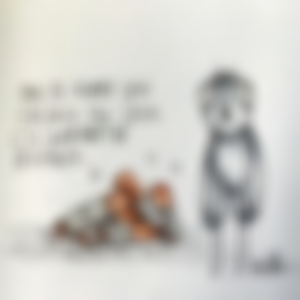
"Organization, communication, paranoia, depression, anxiety; my emotions are my biggest struggles."
"Organización, comunicación, paranoia, depresión, ansiedad; mis emociones son mis mayores luchas".
So, are we dangerous?
¿Entonces, somos peligrosos?

So, are we dangerouooking at these images, one might think that a schizophrenic is a peLooking at these images, one might think that a schizophrenic is a dangerous persoLooking at these images you might think that a schizophrenic is a dangerous person and that's not the case, at least I share that idea with Kate, which criticizes the stereotype made by society, movies or literature. Our greatest struggle is to feel like a normal person among others, which is what we are, normal people who have a great inner struggle against ourselves, not against others.
Al ver estas imágenes se podría pensar que un esquizofrénico es una persona peligrosa y no es así, al menos comparto esa idea con Kate, la cual critica el estereotipo que ha hecho la sociedad, el cine o la literatura. Nuestra mayor lucha es sentirnos una persona normal entre los demás, que es lo que somos, personas normales que tenemos una gran lucha interior contra nosotros mismos, no contra los demás.
TEST
To conclude, I would like to leave you with the video of a test called Hollow Face Illusion. It is a very old test, but it is still used today because of its usefulness. A schizophrenic cannot differentiate the hollow face from the flat face, they see everything the same.
Para ir concluyendo, quiero dejarles el video de un test llamado Ilusión de la cara hueca. Es un test muy antiguo, pero hoy en día se sigue usando por su utilidad. Un esquizofrénico no puede diferenciar la cara hueca de la cara plana, lo ven todo igual.
It may happen that you have not seen the difference and this does not mean that you are schizophrenic because if we base ourselves only on this, 70% of the population would be schizophrenic and this is not the case. This is simply one more test that adds to the diagnostic study.
Puede pasar que no hayas visto la diferencia y esto no significa que seas esquizofrénico porque si nos basamos solo en esto, el 70% de la población sería esquizofrénica y no es el caso. Esto es simplemente un test más que se suma al estudio del diagnóstico.
To conclude...
Para concluir...
Schizophrenia is quite a complex disorder and I love to talk about it, I hope you liked this humble but well meaning writing that I share with you and that it can also help others.
La esquizofrenia es un trastorno bastante complejo y me encanta hablar de ella, espero les haya gustado este humilde pero bien sentido escrito que les comparto y que también pueda ayudar a otros
If you liked it, leave me a comment and I am always grateful for your support.
Si les gustó, me dejan un comentario y agradecido siempre de su apoyo.

